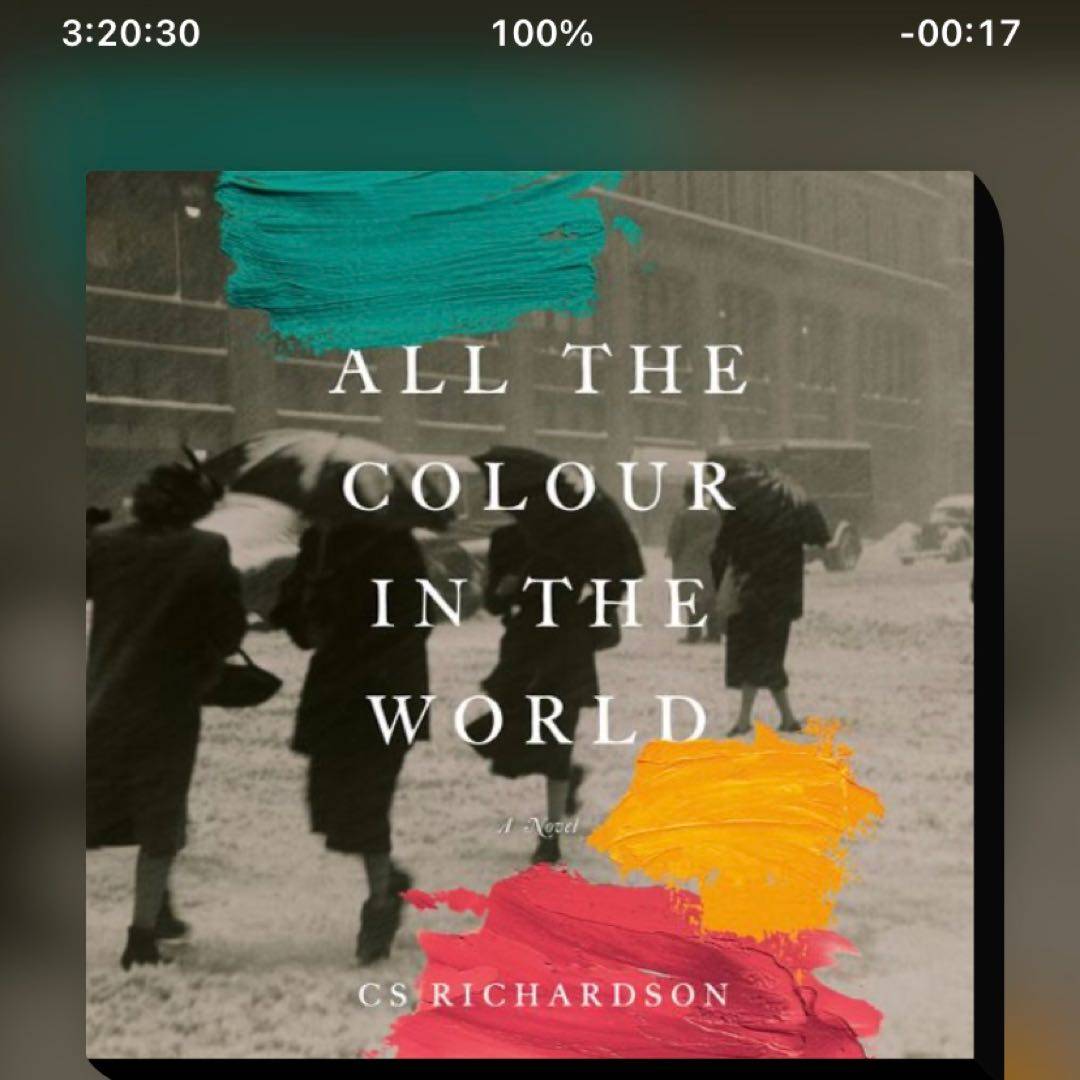
I didn‘t expect to like this novel in vignettes much - especially as an audiobook. I chose the format based on what was available from the library and was not disappointed.

I didn‘t expect to like this novel in vignettes much - especially as an audiobook. I chose the format based on what was available from the library and was not disappointed.
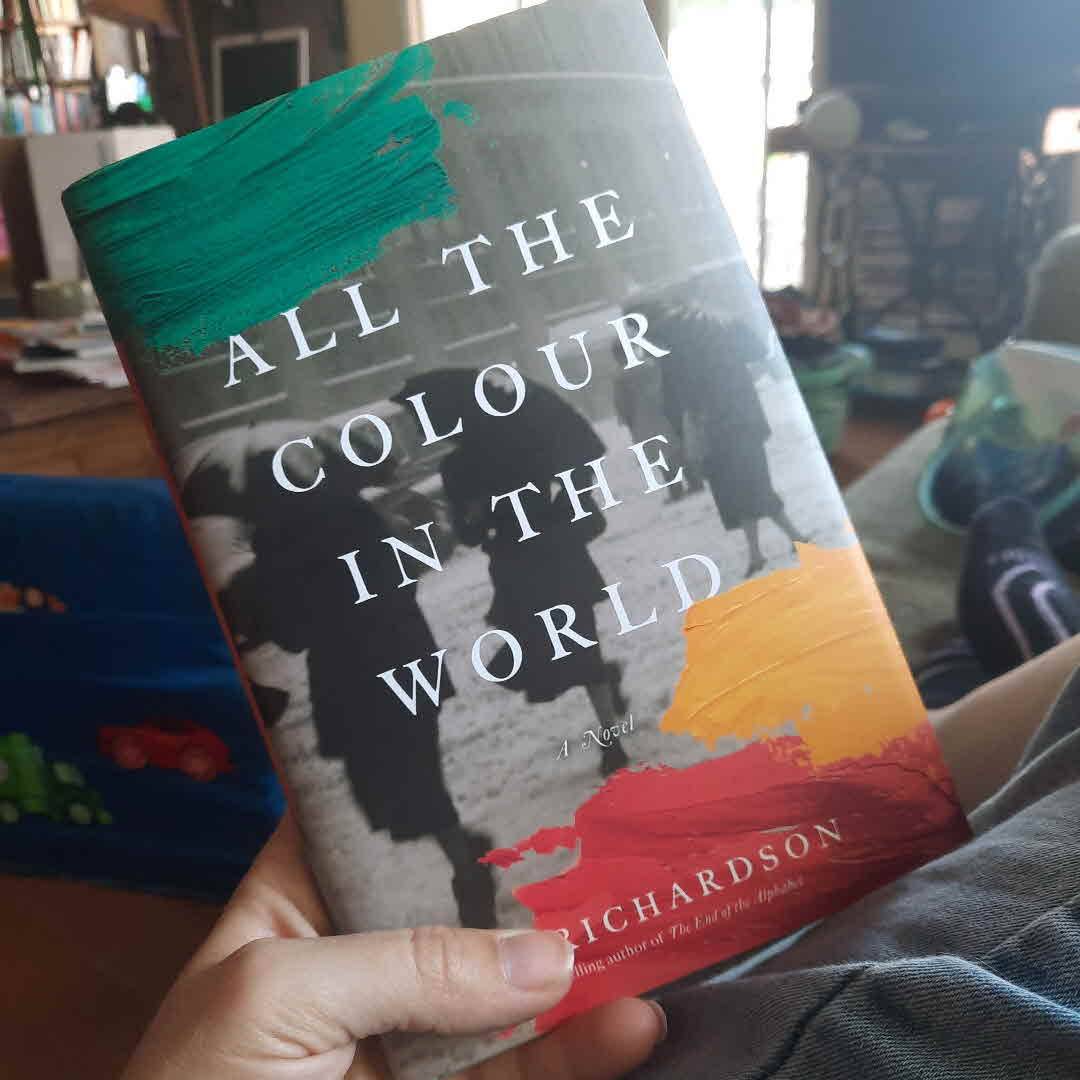
A story of a Torontonian art professor, his life, love, and experiences in WW2. But also an examination of art itself, beauty, and colour. Brief vignettes hop between scenes from Henry's life, his memory palace, and non-fiction "diversions" that give added depth.
Unsurprisingly, this is beautifully written, impeccably crafted in Richardson's unique style (if you've never read his work, please treat yourself!).
Cont'd in comments...
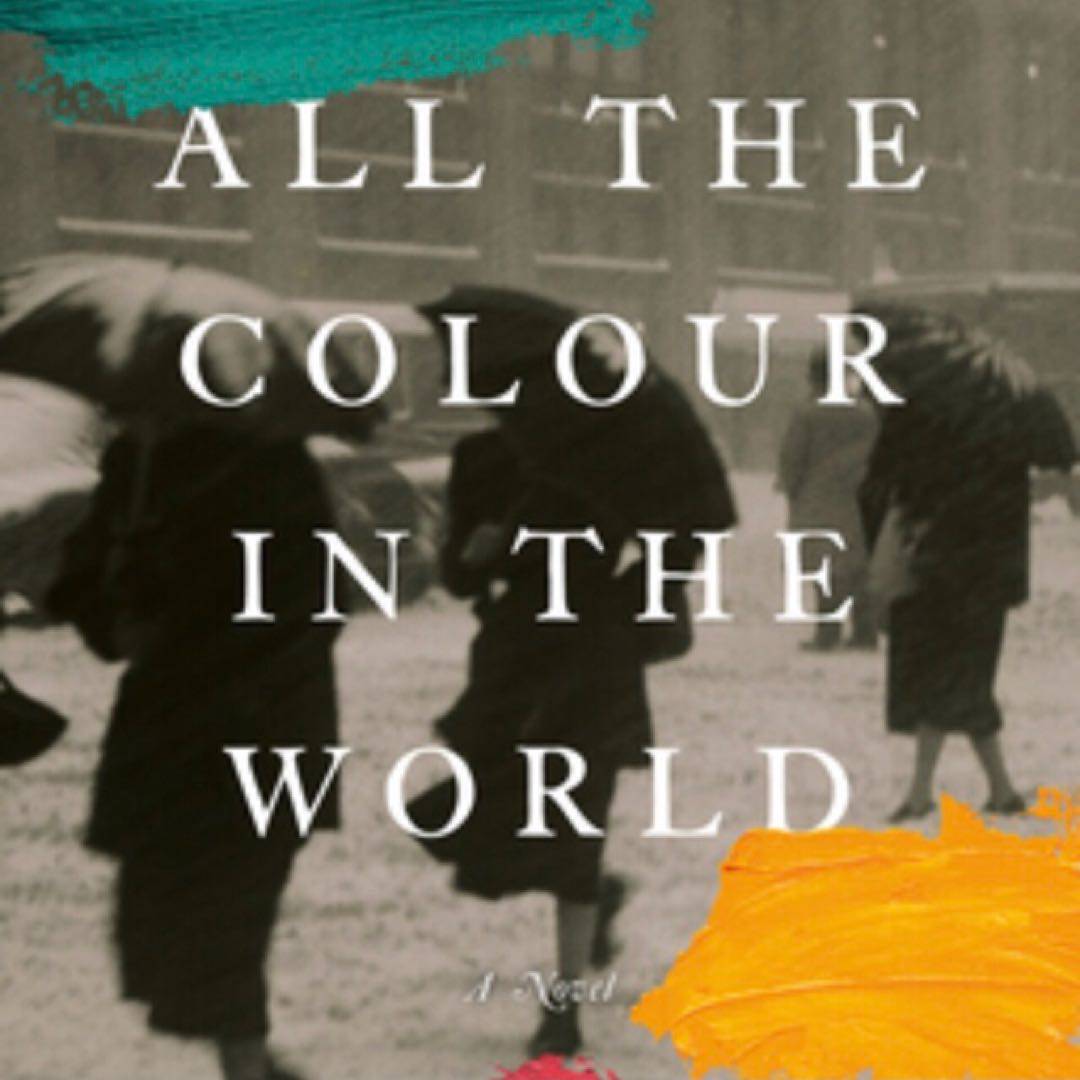
This spare, luminous story follows the life of Henry, born in 1916 in Toronto, against the backdrop of history and art. In second-person vignettes we go from childhood to maturity, including a terrible stint in Italy during WWII. Ekphrasis and literary references are my jam, so I enjoyed this quiet novel. #CanadianAuthor
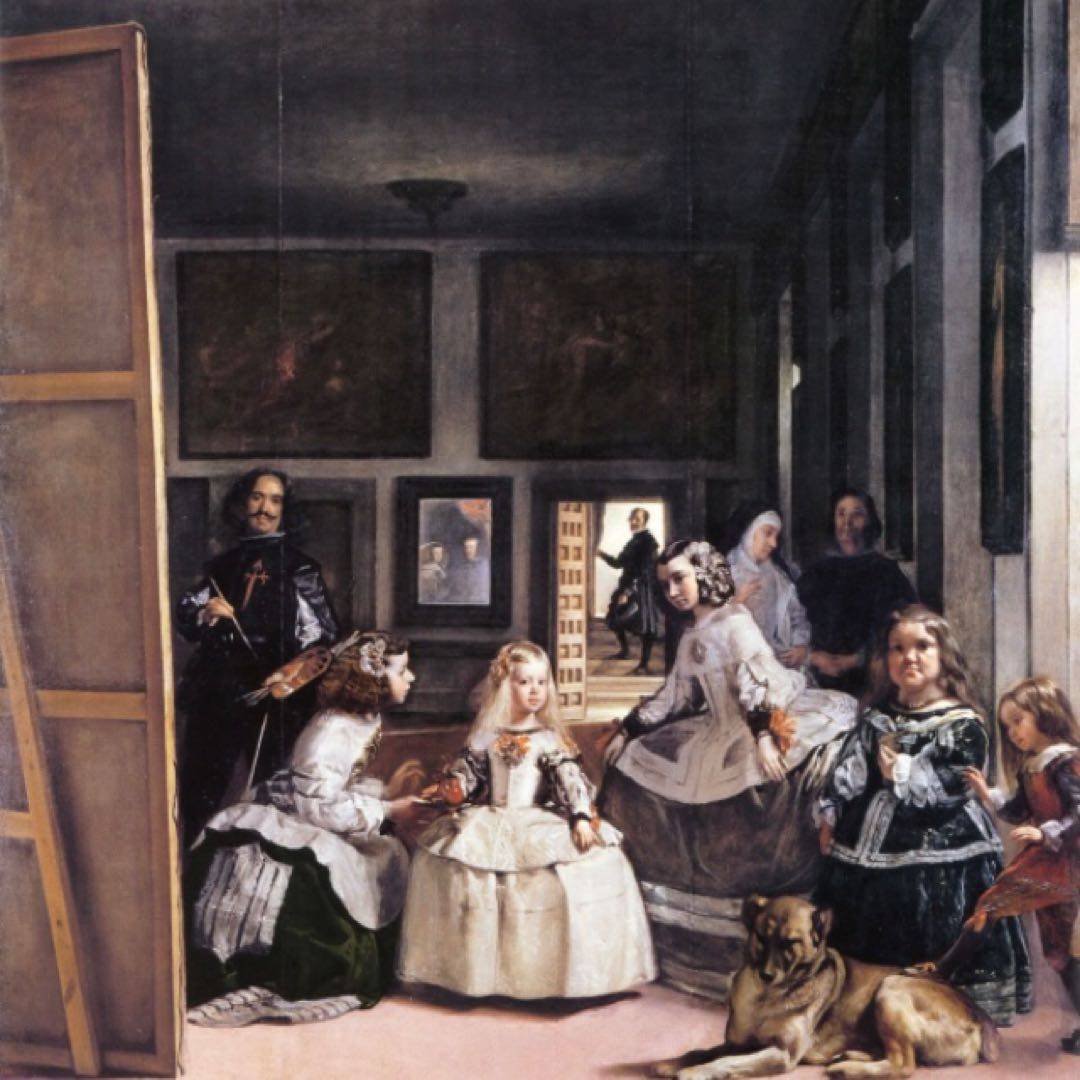
Margarita‘s face—toddler-plump, framed by translucent hair—greets the viewer with a modest hint of a smile. The profile of her tiny torso gently arcs out to silken white panniers and skirts. She is the definition of focal point: a graceful calm in a sycophantic whirlwind.
(Image: Las Meninas by Diego Velazquez, 1656)
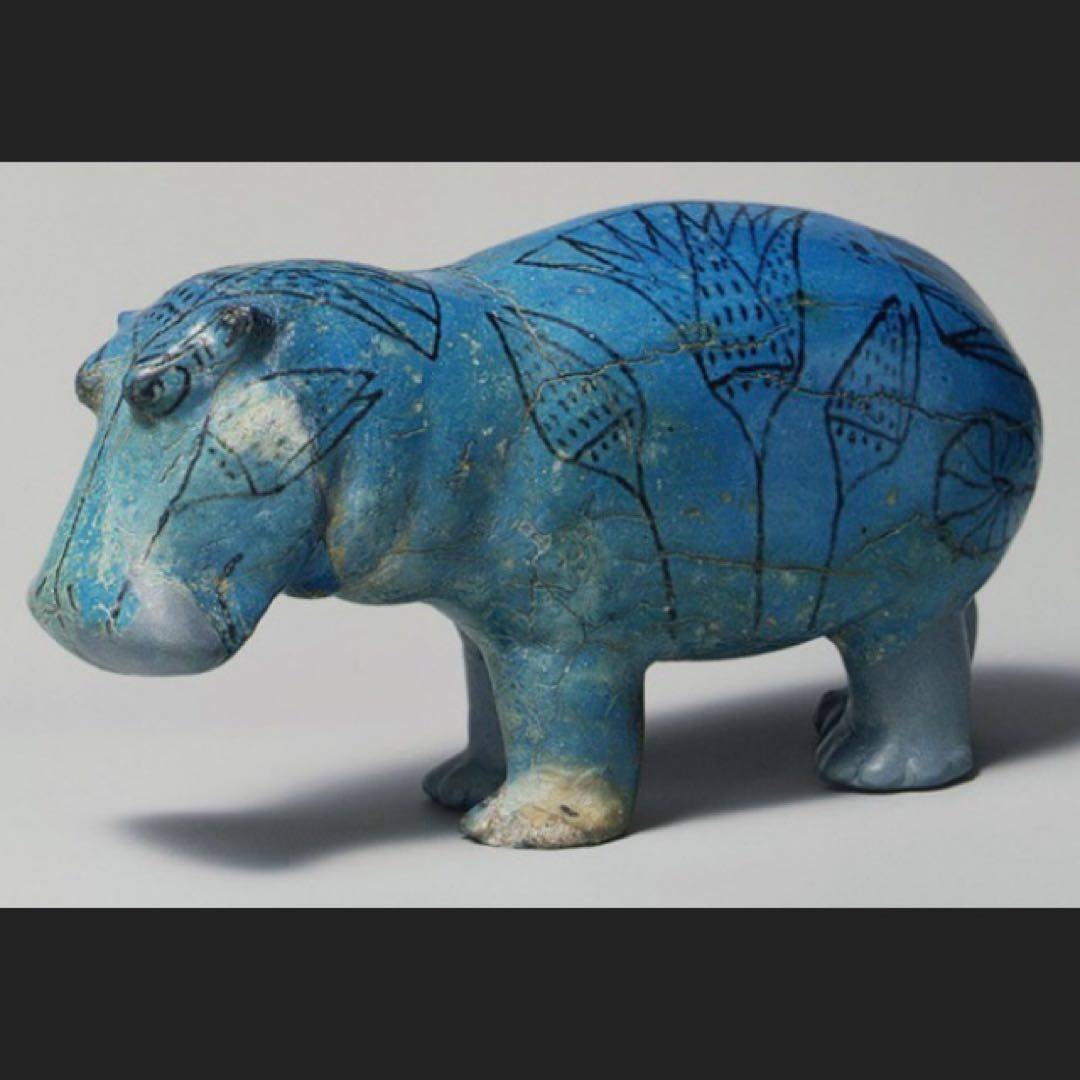
Egypt‘s Fourth Dynasty recipe for manufacturing blue (known chemically as calcium copper silicate) involved firing then grinding then re-firing a mix of limestone, malachite and sand. The resulting Egyptian blue—a close match to nature‘s turquoise and lapis lazuli—was highly valued, representing the desert sky, the river Nile and the deity Amun-Ra, itself often depicted with blue skin.
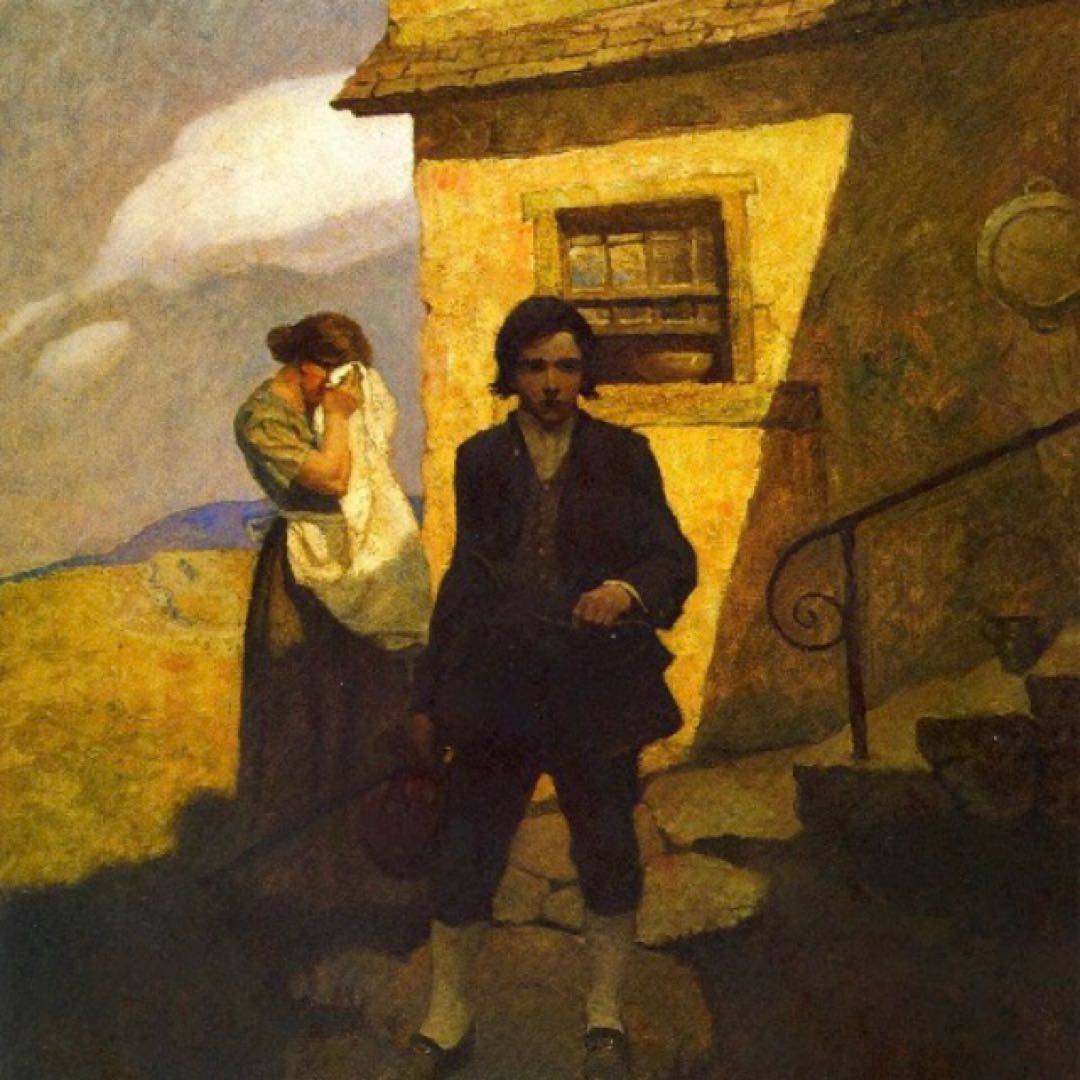
When illustrating a novel, Wyeth knew he was a collaborative storyteller. Rather than rendering scenes the author had already handled in detail, Wyeth chose briefer, passing moments—Stevenson‘s description of Jim leaving home is a succinct one sentence, yet Wyeth‘s painting of the scene is a treatise on character, mood and emotion.
(Image by NC Wyeth)